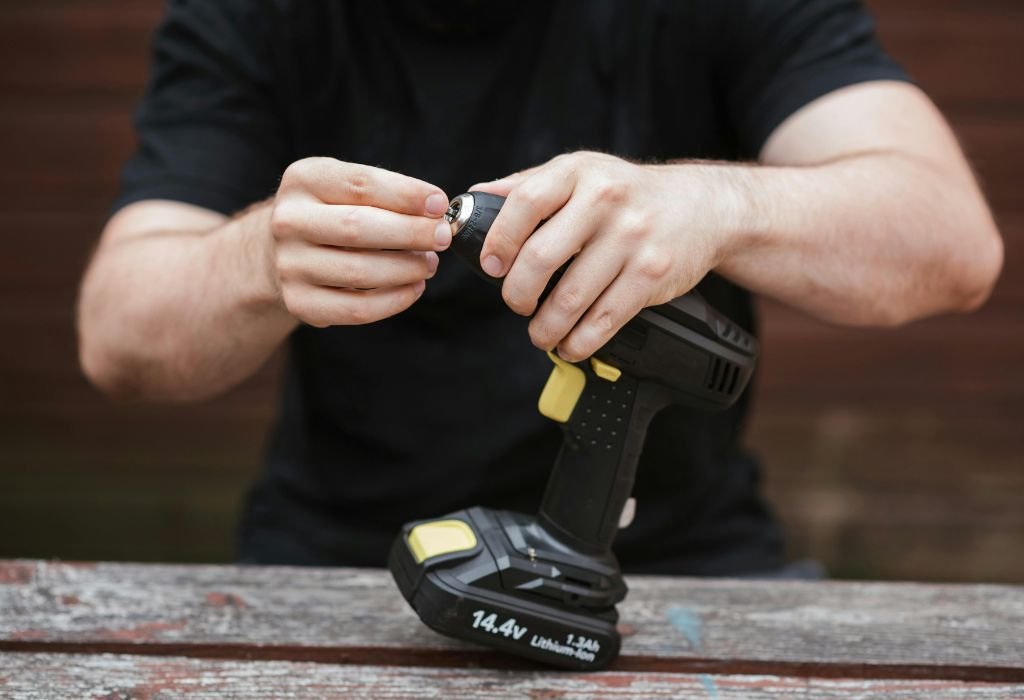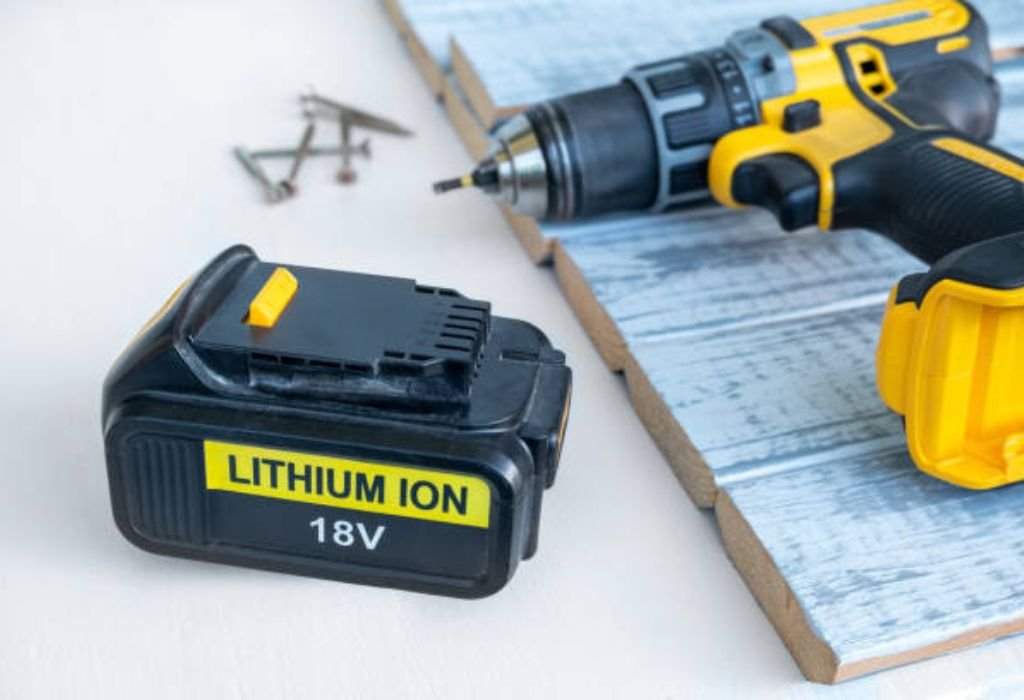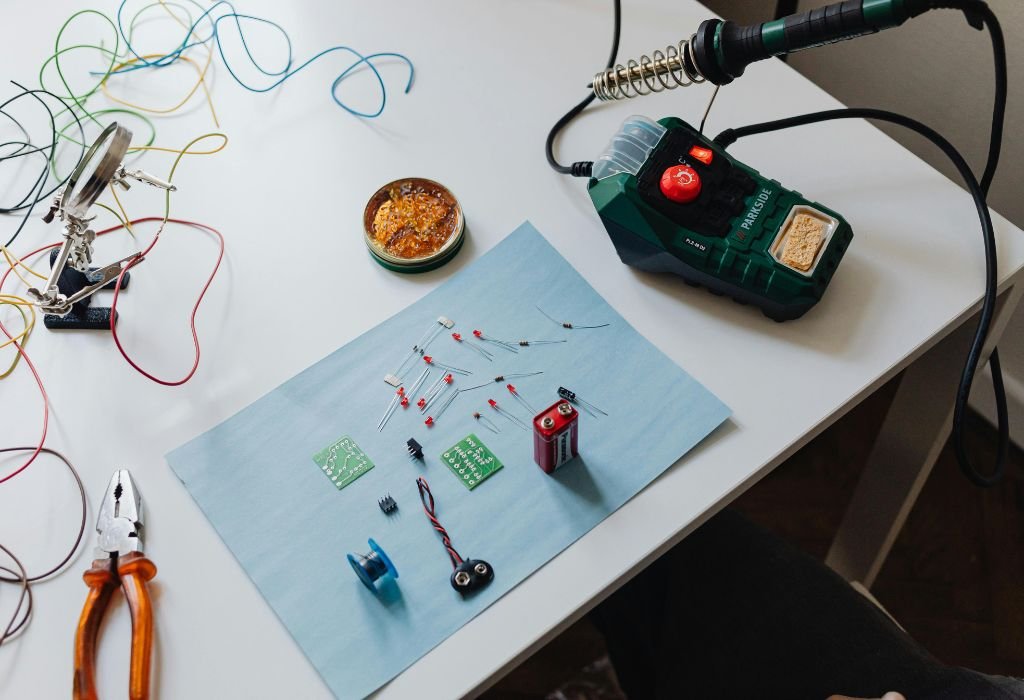A DIY project hangs in limbo when the cordless drill battery suddenly dies mid-hole. That frustrating pause prompts a vital question: how long does a cordless drill last in real-world use?
A typical lithium-ion battery pack provides service for about 2 to 3 years or roughly 300 to 500 charge cycles, according to manufacturer guidance. (DeWalt Support
)
High temperatures and prolonged full charge conditions accelerate battery aging. (Battery University
)
Momentum builds when tools remain reliable, but downtime leads to delays and extra costs that no DIYer wants. The curiosity of uncovering simple practices to extend both battery life and tool lifespan holds powerful appeal.
A sense of benefit arises by understanding the factors that tip the balance between a drill that lasts one season and one that powers through years of home improvement. By learning about charge cycle behavior, heat management, and storage habits, every battery and tool can deliver its full potential.
How Long Does a Cordless Drill Last?

A battery typically delivers effective service for about 2 to 3 years or roughly 300 to 500 charge cycles before noticeable performance decline appears. Tool longevity often exceeds battery life, particularly when using efficient brushless motors that reduce heat and stress on internal components.
Questions often arise in this context:
How many years do most batteries last?
About 2 to 3 years under regular use before capacity noticeably drops.
Does heavy use shorten lifespan?
Yes, frequent deep discharge cycles and exposure to high temperatures accelerate degradation.
Does warranty length reflect real-life durability?
It provides a helpful baseline, with many brands offering 2 to 3 year battery warranty periods that correspond to typical cycle life expectations.
Battery Life and Charge Cycles Explained
A charge cycle means using 100% of a battery’s capacity, whether all at once or across several partial charges. For example, two 50% discharges count as one full cycle, not two.
Most lithium-ion batteries used in cordless drills last about 300–500 full charge cycles, depending on storage conditions and usage patterns (Battery University). Battery life measured in years depends not only on cycle count but also on factors like heat, depth of discharge, and charge voltage.
Amp-hour (Ah) capacity and voltage ratings affect runtime per charge, not total lifespan. A 5Ah pack provides longer operation than a 2Ah pack before recharging, but both degrade over time at similar rates if usage habits are the same.
Here are common questions and answers about cordless drill battery life:
Does partial charging harm lithium-ion batteries?
No. In fact, keeping the state of charge between 20% and 80% can extend cycle life.
Is bigger Ah always better for lifespan?
Not necessarily. Higher capacity increases runtime but doesn’t always translate to more calendar years of use.
Do all cells last equally long?
Quality matters. Premium cells with better Battery Management Systems (BMS) handle heat and charge control more effectively.
Factors Affecting Cordless Drill Lifespan
Heat, storage conditions, and charging habits significantly impact how long a cordless drill lasts. Batteries degrade faster when exposed to high temperatures or left at full charge for long periods.
Storing batteries at a 40–60% state of charge (SOC) in a cool, dry location helps slow capacity loss (Battery University). Prolonged full charge storage accelerates chemical aging inside lithium-ion cells.
Charging habits also matter. Allowing batteries to cool before charging prevents heat buildup that shortens lifespan. Overcharging risks are reduced by modern Battery Management Systems (BMS), but keeping packs at 100% charge unnecessarily is still discouraged.
Here are common questions and answers on this topic:
Does cold weather reduce runtime?
Yes. Low temperatures cause voltage drops, reducing usable capacity temporarily.
Is trickle charging safe for lithium-ion batteries?
Most modern chargers stop overcharging automatically, but avoid leaving packs connected for weeks.
Should batteries be charged immediately after use?
No. Let them cool to room temperature before recharging to minimize heat stress.
How Long Does a Cordless Drill Last on One Charge

Runtime per charge depends on amp-hour (Ah) capacity, voltage rating, torque settings, bit size, and the hardness of the material. A 5Ah battery on light-duty work often lasts much longer than a 2Ah battery drilling into dense hardwood.
Higher voltage packs, like 18V or 20V systems, deliver more power per charge but do not necessarily extend the total calendar life of the battery. Usage intensity and load profiles affect runtime efficiency more than capacity alone.
Fast charging can be convenient but may increase heat buildup, shortening overall battery life if done repeatedly without proper cooling time. Many professionals alternate between two packs to avoid rushing charging cycles.
Common questions about runtime include:
Will a 5Ah battery last twice as long as a 2Ah battery?
Typically yes, under similar conditions, because runtime scales with capacity.
Does fast charging shorten lifespan?
It can if the battery gets too hot; always allow proper cooling between cycles.
Can lower speed settings extend runtime?
Yes. Reducing torque and speed settings lowers power draw, conserving energy.
Brushless vs Brushed Motors – Impact on Drill Lifespan
Motor design plays a major role in how long a cordless drill lasts. Brushless motors generate less friction and heat, improving energy efficiency and extending both battery and tool life compared to brushed motors.
Brushed motors wear down over time as the carbon brushes contact the commutator, causing more maintenance needs and reduced durability in heavy-duty use. Brushless designs eliminate this contact, resulting in less energy loss, lower heat levels, and longer service life for both the motor and the battery.
Although brushless drills cost more upfront, their higher efficiency and reduced wear often save money in the long run by extending the lifespan of batteries and mechanical components.
Common questions about motor types include:
Do brushless motors save battery life?
Yes. Greater efficiency reduces power loss and helps batteries run cooler.
Can brushed drills last as long with proper care?
With lighter use and regular maintenance, brushed drills can last years, but they require more upkeep.
Is brushless worth the higher price?
For frequent or heavy-duty users, the reduced maintenance and longer lifespan justify the investment.
Maintenance Tips to Extend Drill and Battery Life
Proper care directly affects how long a cordless drill lasts. Simple habits like storing batteries in a cool, dry place and avoiding full discharge cycles help preserve capacity and performance.
Charging only when needed, using manufacturer-approved chargers, and keeping packs at 40–60% charge during long-term storage reduce chemical stress on the battery cells.
Routine tool maintenance matters as well. Cleaning dust from air vents, checking the chuck for wear, and keeping drill bits sharp lower motor strain and improve efficiency.
Common maintenance questions include:
Should batteries be drained completely before charging?
No. Partial charges are healthier for lithium-ion batteries than deep discharges.
How often should unused batteries be topped up
Every two to three months if stored for long periods.
Does cleaning the drill really help lifespan?
Yes. Dust and debris block cooling airflow and cause overheating over time.
Signs It’s Time to Replace the Battery or Drill

Even with proper care, every battery and tool reaches the end of its lifespan. Batteries often show warning signs first, such as rapid voltage drops, reduced runtime, or visible swelling in the casing.
The drill body may also wear out over time. Slipping chucks, overheating motors, or frequent electronic faults often signal that the tool itself is nearing retirement.
Knowing when to replace saves time and prevents potential safety hazards caused by failing components.
Common replacement questions include:
Can old batteries be revived with DIY methods?
Sometimes temporarily, but performance rarely returns to full capacity, and safety risks exist.
Should you replace the battery or buy a new drill kit?
Compare the cost of a new battery with the price of a full kit; often a new kit offers better value.
Are third-party replacement batteries safe to use?
Only if purchased from reputable brands with proper safety certifications.
Conclusion
The answer to how long does a cordless drill last depends on battery cycles, storage habits, motor design, and maintenance practices. Most lithium-ion batteries provide reliable service for 2–3 years or 300–500 charge cycles, while the drill body often lasts longer with proper care.
Extending lifespan comes down to a few essentials: store batteries at moderate charge levels, avoid extreme heat, recharge before full depletion, and clean the tool regularly. These small steps keep performance consistent and reduce unexpected downtime.
When runtime drops sharply or components fail, replacing batteries—or the entire drill kit when cost-effective—ensures projects continue smoothly. With smart habits and timely upgrades, every cordless drill can deliver years of dependable service.

I’m John F. Nicholas, the founder, lead writer, and drill enthusiast behind 101drill.com. With years of hands-on experience in power tools and DIY projects, I created this platform to share practical knowledge, expert tips, and real-world insights to help others master the art of drilling.
